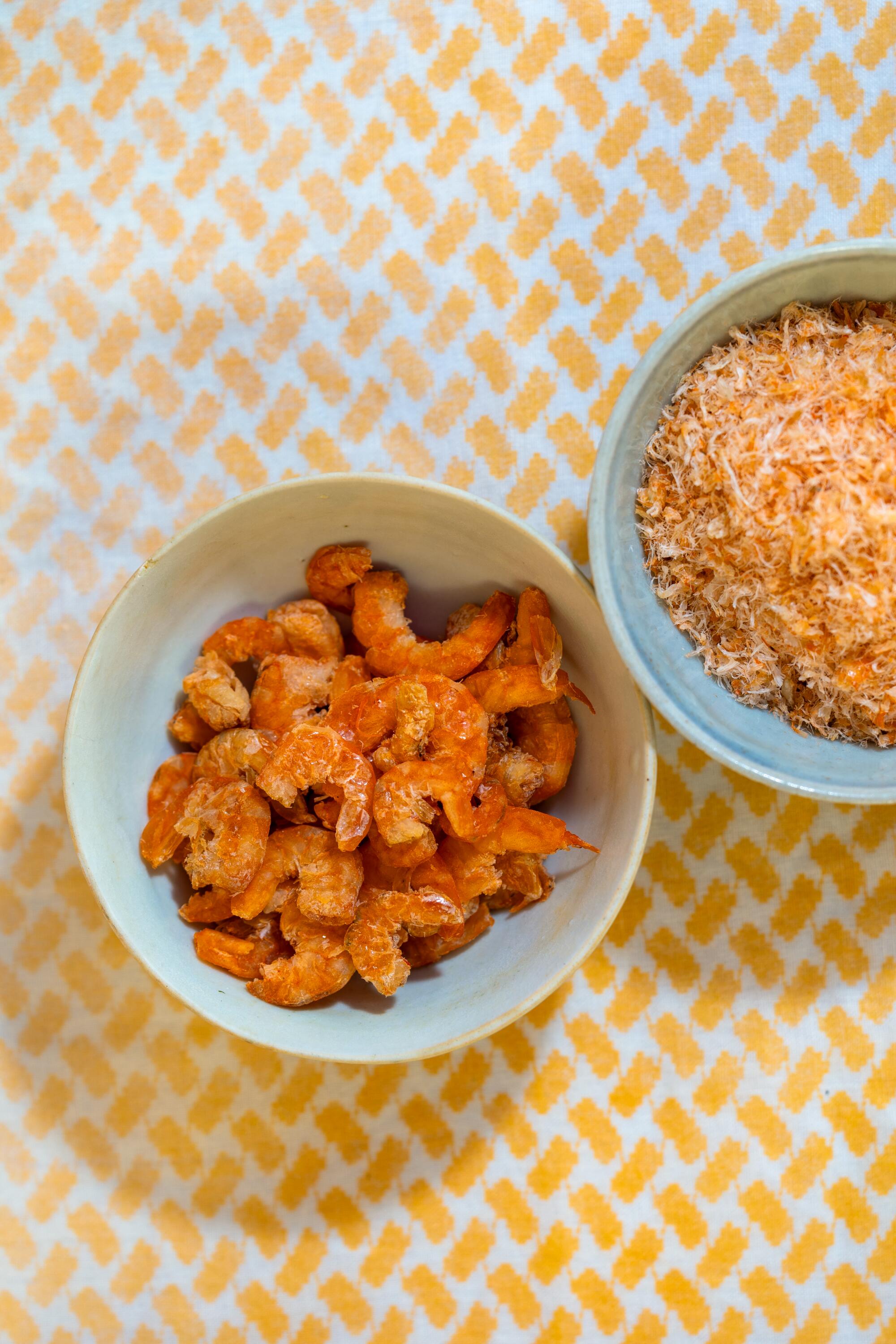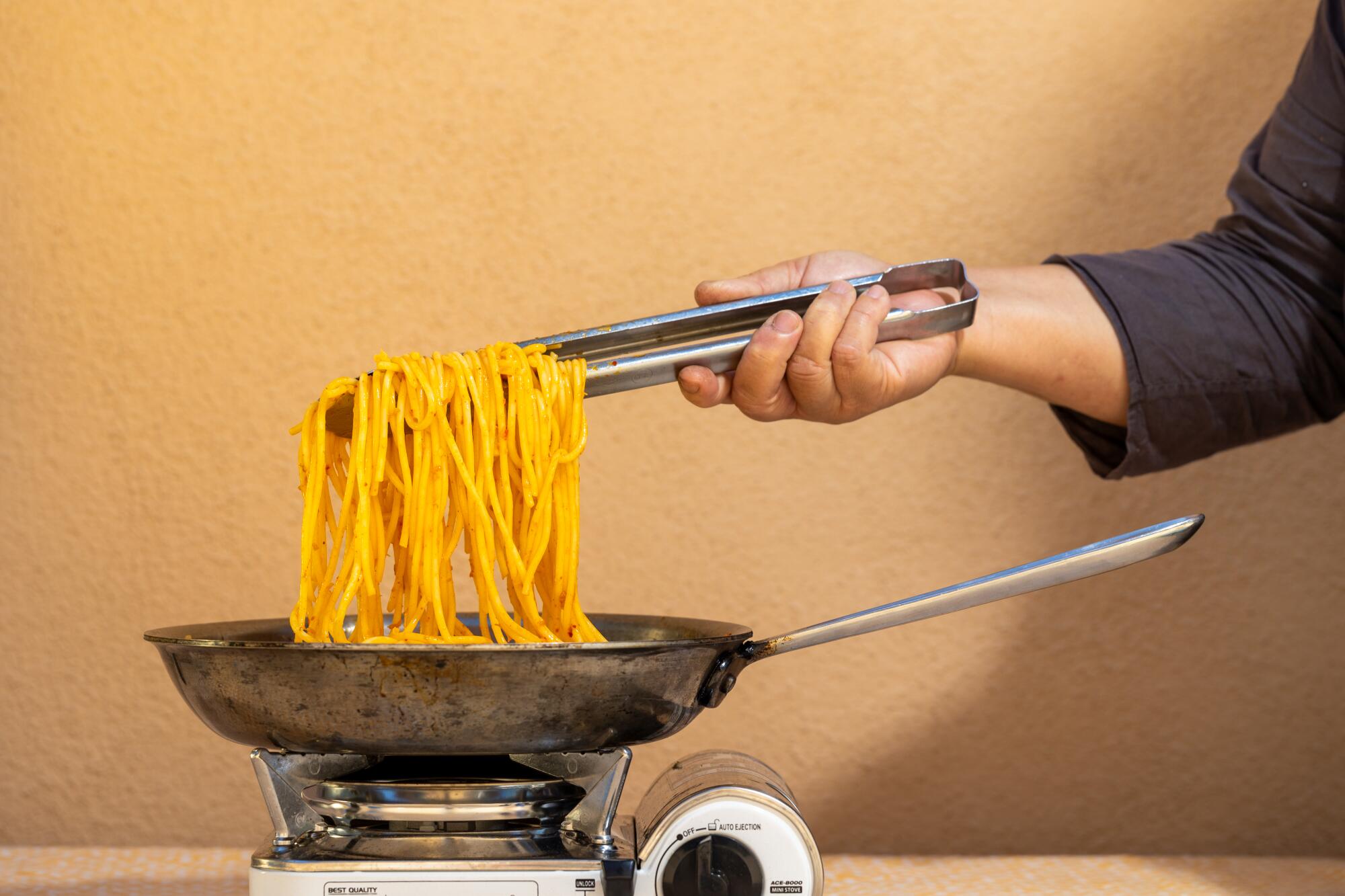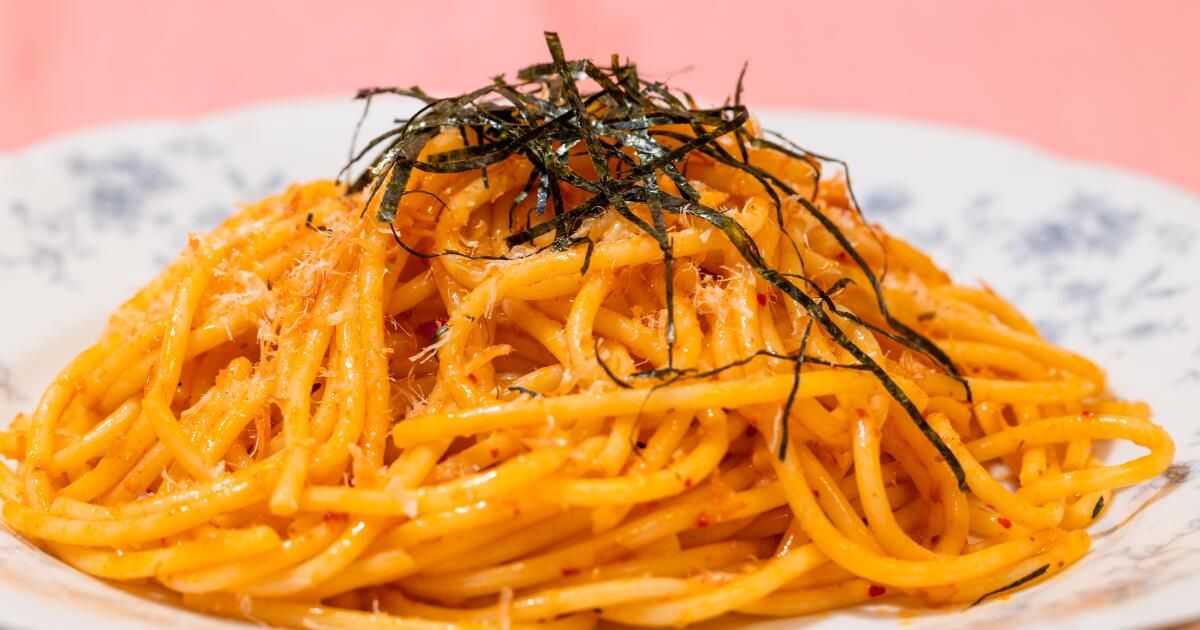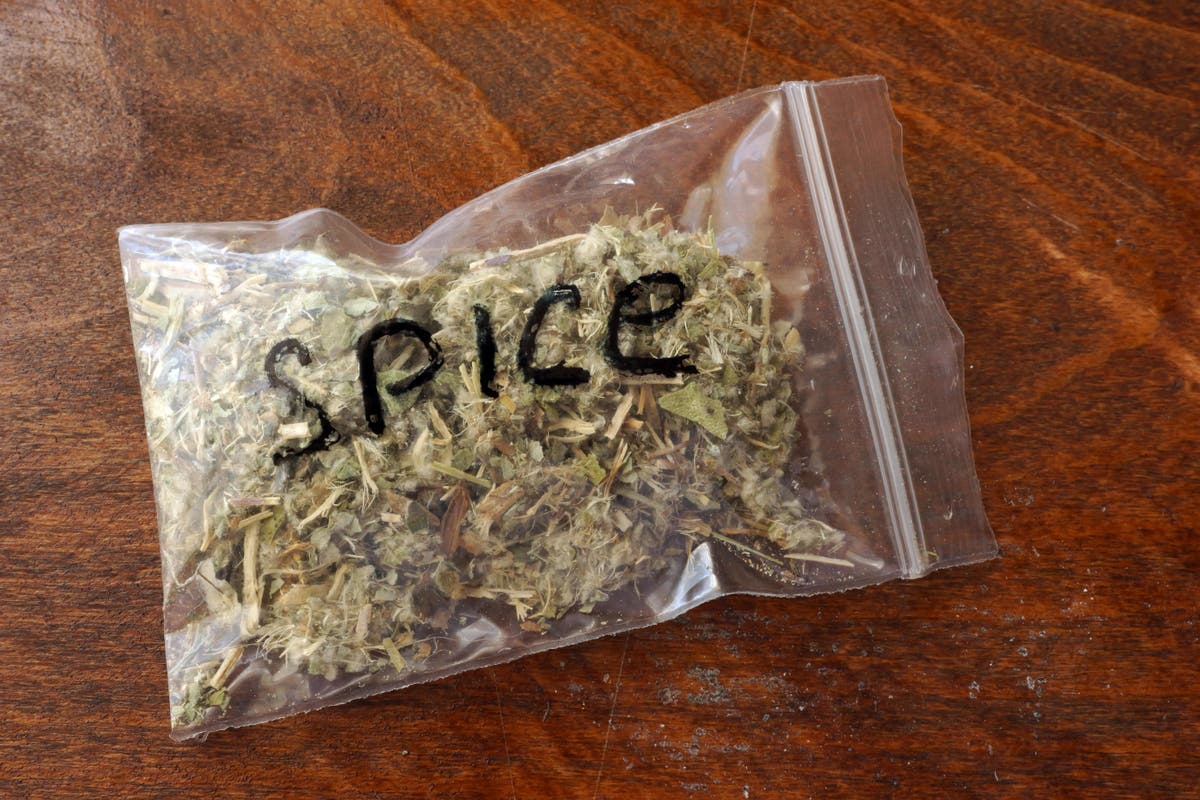Every cook, no matter how skilled or dedicated, has found themselves with a fridge full of leftover food that was once perfectly good. It’s approaching 7pm and it’s too late to go to the store. Even a disappointing meal via a delivery app will take at least 30 minutes. What’s a hungry person to do?
Well, here's what I do: I make a pan of pasta with butter and dried shrimp. It's a glorious mountain of spaghetti with a bright, creamy, flavorful sauce.
This recipe is inspired by mentaiko pasta, a Japanese dish of spaghetti coated with salted cod roe and covered with nori threads. Invented over half a century ago at Kabe no Ana in Shibuya, Tokyo, the original pasta was made with caviar brought in by a customer.
The restaurant's founder, Takayasu Narimatsu, liked the improvised pasta so much that he included it on the menu, replacing the expensive caviar with tarako, the more affordable cured cod roe. Over time, he also began offering a pasta with mentaiko, the spicy cured cod roe.
In the spirit of the culinary telephone, this paste replaces mentaiko, which I often forget to buy, with dried shrimp, which I always have in stock.
Ingredients for spaghetti with butter and dried shrimp: unsalted butter, chili powder, dried spaghetti, sake, lemon and nori.
Pulse dried shrimp in a food processor, cook in a little butter and sake, add chili powder, lemon juice and a little more butter for a glossy sauce, then add cooked spaghetti.
The result is a comforting pasta dish with a buttery, shrimp-flavored sauce that has a depth that mimics that of a long-simmered broth. In other words, buttery pasta for kids who have grown up and now live by the sea, enjoy a steady intake of sake, and make entertaining look easy. (She's worthy of company.)
This dish relies on two key ingredients that deserve some consideration.
Selection of dried shrimps

Note the color and size of the dried shrimp. They should be bright orange and preferably have been stored in the refrigerated section of the market.
Dried shrimp, sold at most Asian markets in Los Angeles, are produced in many countries and vary widely in quality. Pay attention to the size and color of the shrimp and how they are stored. There are a handful of shrimp companies in Louisiana that make excellent dried shrimp. These shrimp would be ideal, as they will likely be fresher than any imports you find in a warehouse. Choose medium or large shrimp, which will provide more flavor than smaller shrimp.
I also prefer peeled shrimp to unpeeled head-on shrimp, which have a stronger flavor. Look for dried shrimp that are bright orange in color, which is an indication of their relative freshness—as dried shrimp age, they lose their flavor and vibrant color. Be aware that some manufacturers add artificial coloring to shrimp, so avoid those packages so you can accurately gauge the shrimp's color.
Shrimp also lose flavor quickly if stored at room temperature, so it's a good idea to buy dried shrimp that are stored in the refrigerated or freezer section. After opening, store any leftover shrimp in an airtight container in the refrigerator.
Time 20 minutes
Performances Serves 4 to 6 people
Choosing your sake
Sake plays a dual role in this paste: it helps to tone down the strong smells of the shrimp and enhances their flavors. It also contains a good amount of its own umami. For those who know how to drink sake, I have no more helpful advice than to use a sake that you like the taste of.
I'm not an expert sake drinker myself, and the world of sake can seem like a dizzying if delicious rabbit hole, so to help me choose one for this recipe, I went seeking some wisdom from James Beard Award-winning sake bar Ototo in Echo Park.
In short, I learned that you can’t go wrong with any good-tasting junmai—a sake made without added brewery alcohol. Ototo co-owner Courtney Kaplan graciously distilled it for us, and left us with three specific suggestions: Sugei Tokubetsu Junmai, Take no Tsuyu Junmai, and Senkin “Immortal Wing” Classic Muku Junmai Daiginjo. The first two sakes are available at Japanese grocery stores like Little Tokyo Market and Marukai Market in Little Tokyo. Senkin junmai daiginjo is available at Ototo. All three have a tartness and umami that pair well with dried shrimp. Senkin Junmai Daiginjo is exceptionally good, with complex aromatics that stand out in the finished paste.

Diep Tran is a James Beard Award-winning writer and co-author of “The Red Boat Fish Sauce Cookbook.” She is the former chef and owner of Good Girl Dinette.












